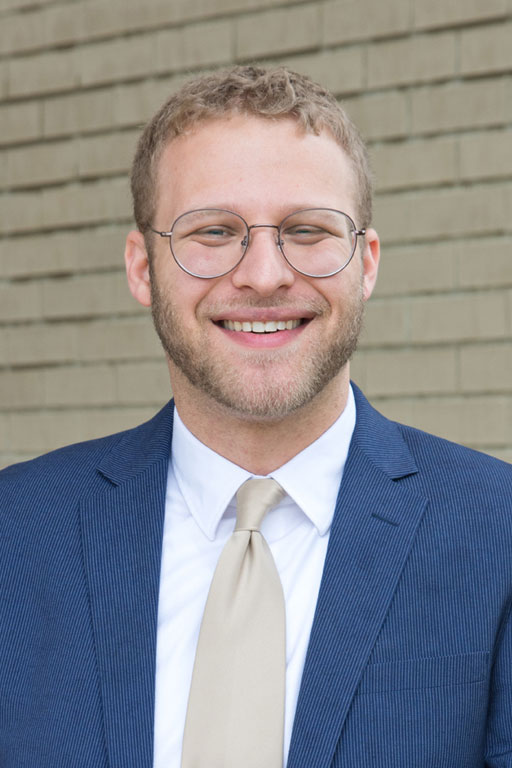By Julia Olson
Assistant Editor
The Skirball Museum of Cincinnati opened “The Guiding Hand,” a collection of Torah pointers on loan from the Barr Foundation Judaicia, on Thursday, April 11. In her remarks, Clay H. Barr, President of the Barr Foundation, took attendees through her collection of antique and contemporary Torah pointers, discussing the processes by which they were acquired or produced. The exhibit features over 100 Torah pointers, also known as yads. Abby Schwartz, Curatorial Consultant at the Skirball, said what drew her first to the collection was “the wide range of artistic excellence. Because there aren’t any specifications, or materials, or style or size in the making of a Torah pointer or a yad, the possibilities are endless. From the historic importance of wooden and silver yads from the 18th century on the one hand to yads made of paper, glass, porcelain, and found objects in recent years, this collection is truly a testament to the enduring art of the guiding hand that brings humankind in connection with the Torah.” The display comes at an especially important time, Schwartz added, as the holiday of Passover approaches. “As Jews around the world prepare for the celebration of Passover, we are all about the telling and retelling of the stories. Similarly, every single one of these pointers has a story that brings another dimension to the appreciating of the stellar examples of material culture,” Schwartz said. The stories, she added, “remind us of our resilience and creativity, and our quest for beauty, even in the most desperate of times.”
The collection features yads from all over the world, from the 1800s to contemporary pieces. Clay H. Barr began collecting Torah pointers almost thirty years ago as a testament to her late husband Jay. D. A. Barr. “Every yad refers to, exalts, and preserves the precious. For me, the most cherished entity is the memory of my beloved husband, Jay Barr,” Barr said during her remarks. “Each singular yad that comprises our collection celebrates Jay’s spirit. My hope is that each yad will carry his legacy far into the future.” Barr describe her husband as “a joyful acquirer of beautiful objects,” and added that she was always delighted to travel the world and discover new artists with him. The exhibit at the Skirball is a testament to the Barr’s excellent taste and curation of a collection. The yads range in material and color, and many of them glitter and sparkle when you enter the gallery. No yad is without a story, either, and visitors are encouraged to pick up a gallery booklet (also available digitally) so that they can encounter the full background of each piece.

Clay Barr takes a small tour group through her collection
Clay Barr has intentionally curated this collection — no piece has been acquired as an afterthought. This was incredibly clear as Barr led a small group through the gallery. She recalled in detail the acquisition or commission of each piece and shared the unique story of its arrival into her collection with the event attendees.
Each yad brings with it the story of its creation, the inspiration of its artists, or the history of its use. One example is the pointer created by Wendell Castle, an American furniture designer. Before his death in 2018, Castle was one of the founders of the American Studio movement. Since he was primarily a furniture designer, Barr and Castle worked together to find a way to incorporate that part of his artistic identity into the Torah pointer. In the end, he created a rosewood and maple Parsons table as the base or holder for the yad. The Barr collection yad would be the only yad Castle ever made.

Torah Pointer and Table. Wendell Castle (American 1932-2018). 2004.
Some yads are clearly Torah pointers, while others appear more abstract. An example of a more abstract Torah pointer is that of Joshua Solomon, an American artists from Norfolk, VA. The piece is a blown glass flower, with a rich blue bloom and a vibrant green stem which acts as the pointer. The piece illustrates the range of the collection. Some yads have been used before and have had lives in synagogues, while others, such as the Solomon piece, illustrate the beauty of the form without having been used.
The yads come from all over the world. Another that stands out in the gallery is an Afghanistani Torah Pointer from the early 20th century. The piece is 18 inches long, the largest in the collection, and would have been held in the crook of the reader’s arm when it was used.
Perhaps one of the most meaningful pieces in the collection is a small yad, made from a recycled toilet paper roll, construction paper, and a chopstick. The artist is Clay Barr’s grandson, Asher Samuel Baum, who made the piece when he was nine years old. Barr was especially sure to point out this piece to visitors and discuss the process of its creation and the history of its display.
The collection will be on display until July 29, 2024. Visitors and yad fans are also invited to make their own yad on Sunday, May 5 at 10:30 a.m. The workshop will be led by Judith Serling-Sturm, a Cincinnati artist, at the Skirball museum. Those interested can RSVP on the Skirball website.





